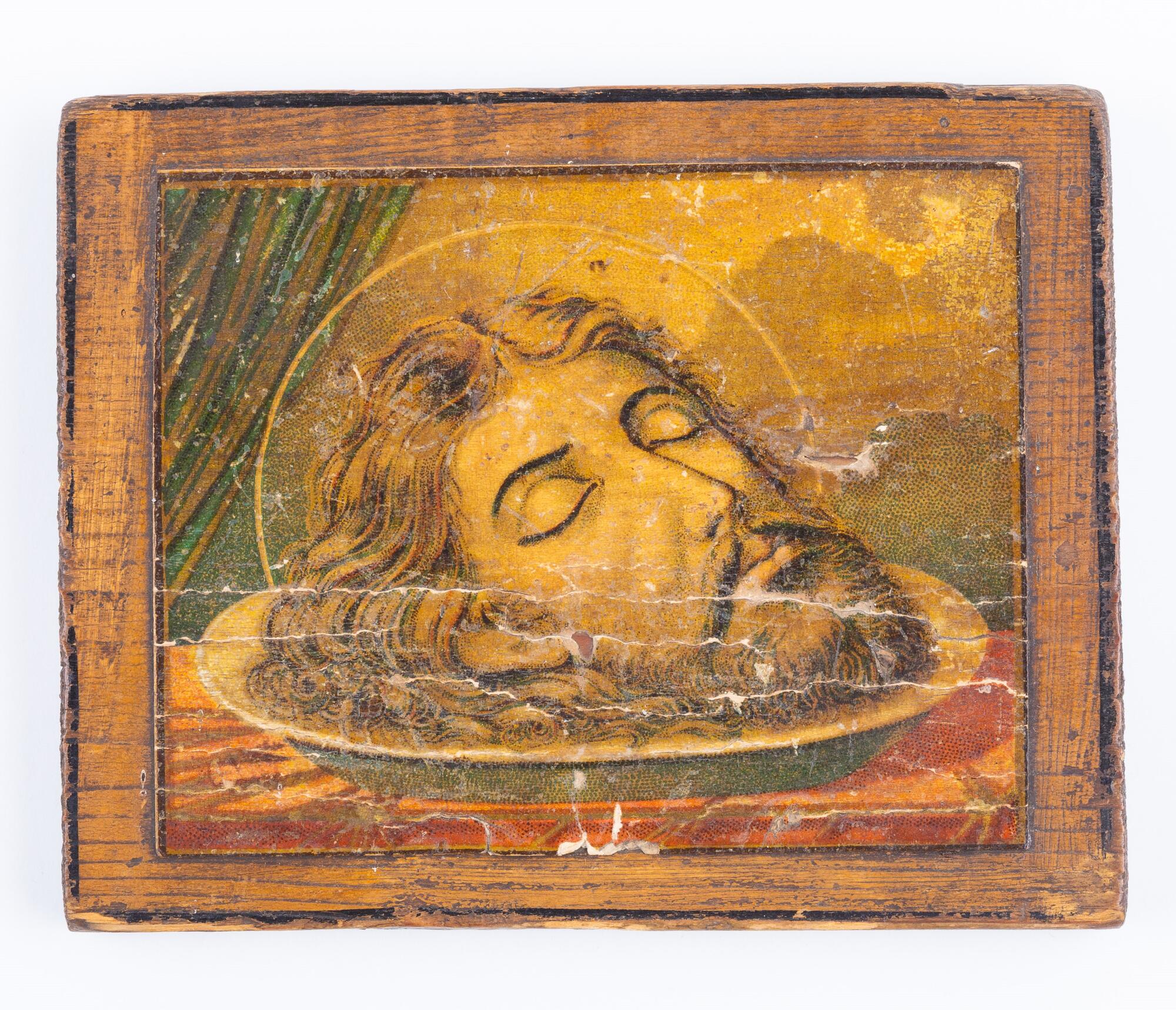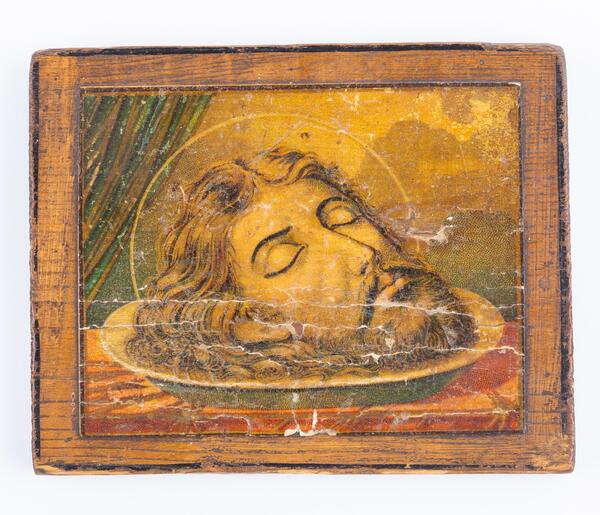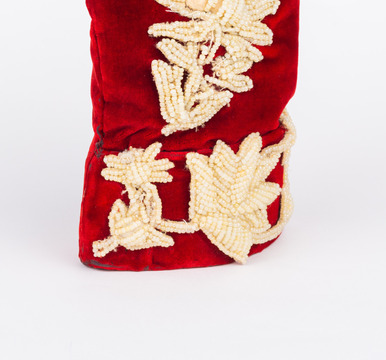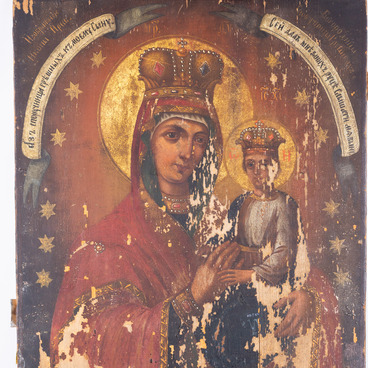St. John the Baptist, also known as John the Forerunner and John the Immerser, is one of the most worshiped Orthodox saints.
In his childhood, John miraculously escaped death. When Herod the Great ordered the execution of all babies in Bethlehem, the Righteous Elizabeth, the mother of the saint, took him out of the city and found refuge with her baby in the mountain. They settled in the desert. When John grew up, he began preparing to serve Christ. He beaded, kept fasts, wore simple clothes, and ate wild bees' honey and locusts.
When John was 30 years old, he preached his main sermon on the Jordan River. People, who gathered near the river, listened to his speeches and were purified not only physically, but also spiritually. There St. John baptized Christ. After that, the saint became the main unmasker of sins of both the poor and the rich.
In particular, John rebuked Herod for unlawfully wedding Herodias, the wife of his own brother. The ruler of Galilee was furious with John for the criticism, but he did not dare to speak up against the prophet, so he imprisoned John by a trick.
During the imprisonment of the saint, there was a lavish feast in the palace. Herodias' daughter SaAlome performed a dance in honor of the king’s birthday. Herod and all guests were very pleased. The king offered Salome anything she would ask for in return. After a collusion with her mother, Salome demanded the head of John the Baptist on a plate. HErod was disappointed by the young beauty’s wish because he respected the prophet. But the king kept his promise. The executioner beheaded John and brought his head to the hall. This very episode is depicted on the icon showcased in the exposition.
After that, Herodias threw John’s head away to the street. John’s disciples buried the saint’s body in Sebastia town. According to various hagiographies, his head was found thrice: on the Mount of Olives, in Jerusalem, and in the territory of the Roman Empire.
The Church, wishing to honor the memory of John, established a great feast. Nowadays, it is celebrated on September 11. On the night last past, an all-night vigil usually takes place. On the holiday, the Orthodox believers observe a strict fast: they are forbidden to eat not only meat and dairy products, but also fish.
In his childhood, John miraculously escaped death. When Herod the Great ordered the execution of all babies in Bethlehem, the Righteous Elizabeth, the mother of the saint, took him out of the city and found refuge with her baby in the mountain. They settled in the desert. When John grew up, he began preparing to serve Christ. He beaded, kept fasts, wore simple clothes, and ate wild bees' honey and locusts.
When John was 30 years old, he preached his main sermon on the Jordan River. People, who gathered near the river, listened to his speeches and were purified not only physically, but also spiritually. There St. John baptized Christ. After that, the saint became the main unmasker of sins of both the poor and the rich.
In particular, John rebuked Herod for unlawfully wedding Herodias, the wife of his own brother. The ruler of Galilee was furious with John for the criticism, but he did not dare to speak up against the prophet, so he imprisoned John by a trick.
During the imprisonment of the saint, there was a lavish feast in the palace. Herodias' daughter SaAlome performed a dance in honor of the king’s birthday. Herod and all guests were very pleased. The king offered Salome anything she would ask for in return. After a collusion with her mother, Salome demanded the head of John the Baptist on a plate. HErod was disappointed by the young beauty’s wish because he respected the prophet. But the king kept his promise. The executioner beheaded John and brought his head to the hall. This very episode is depicted on the icon showcased in the exposition.
After that, Herodias threw John’s head away to the street. John’s disciples buried the saint’s body in Sebastia town. According to various hagiographies, his head was found thrice: on the Mount of Olives, in Jerusalem, and in the territory of the Roman Empire.
The Church, wishing to honor the memory of John, established a great feast. Nowadays, it is celebrated on September 11. On the night last past, an all-night vigil usually takes place. On the holiday, the Orthodox believers observe a strict fast: they are forbidden to eat not only meat and dairy products, but also fish.



